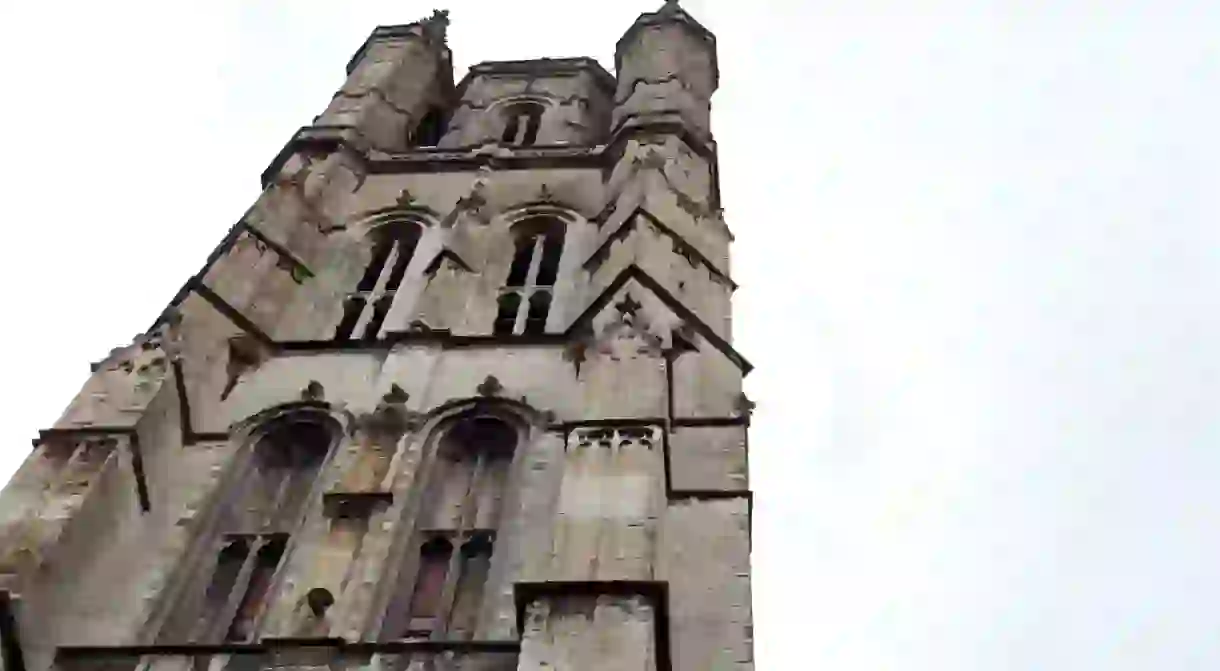A Brief History Of Saint Bavo's Cathedral, Ghent

An impressive giant with roots stemming back to before the turn of the first millennium, the Saint Bavo’s Cathedral in Ghent has defined the skyline of the canaled city for ages. Today it houses ancient works by esteemed painters, including the coveted and much traversed The Adoration of the Mystic Lamb by the Van Eyck brothers.
St. Bavo’s Cathedral – or Sint-Baafskathedraal – started off small and humble in the middle of the 10th century. Eventually, the wooden construction that began life as the Chapel of Saint John the Baptist would transform into the 89-meter-tall Gothic building that keeps watch over Ghent today. The transformation took quite some doing, becoming especially tricky when the decision was made to ditch the cathedral’s original Roman look and to completely reinvent it, Gothic-style.

Though Charles V was baptized here in 1500 – when the transformation was already well underway – construction works still prevented a burial service for the emperor upon his death 58 years later. After that, the building became somewhat of a secret patchwork of architectural styles. While the outside screams late medieval Gothic, the crypt still bears proof of the original wooden chapel as well as of a Romanesque past.
It wasn’t smooth sailing for the many artistic treasures the cathedral now houses either. The pièce de résistance is Jan Van Eyck’s The Adoration of the Mystic Lamb, an altarpiece widely considered to be the esteemed Renaissance painter’s ultimate creation and the pinnacle of the Flemish Primitives. The polyptych – for which he shares credit with his brother Hubert – survived the Iconoclast revolt in 1566 only for its central panels to be whisked away to Paris (and not in a good way) not even 30 years later. Not long after those returned in 1615, the side panels were sold to end up in the hands of the King of Prussia, and the Germans made away with several panels twice during both the First and the Second World Wars. Despite the work’s tumultuous past, most of its panels have found their way back and have been hanging in St. Bavo’s for more than 50 peaceful years.
Besides Van Eyck’s world-renowned masterpiece, there are many other gems that make up the cathedral’s rare art collection, turning it into somewhat of a museum. Hugely influential in this function were priests such as Antoon Triest, who carefully curated the interior of his place of worship. Saint Bavo enters the Convent at Ghent, a major work by Peter Paul Rubens, is another point of pride, as is Laurent Delvaux’s Rococo pulpit in solid oak and black and white marble.













